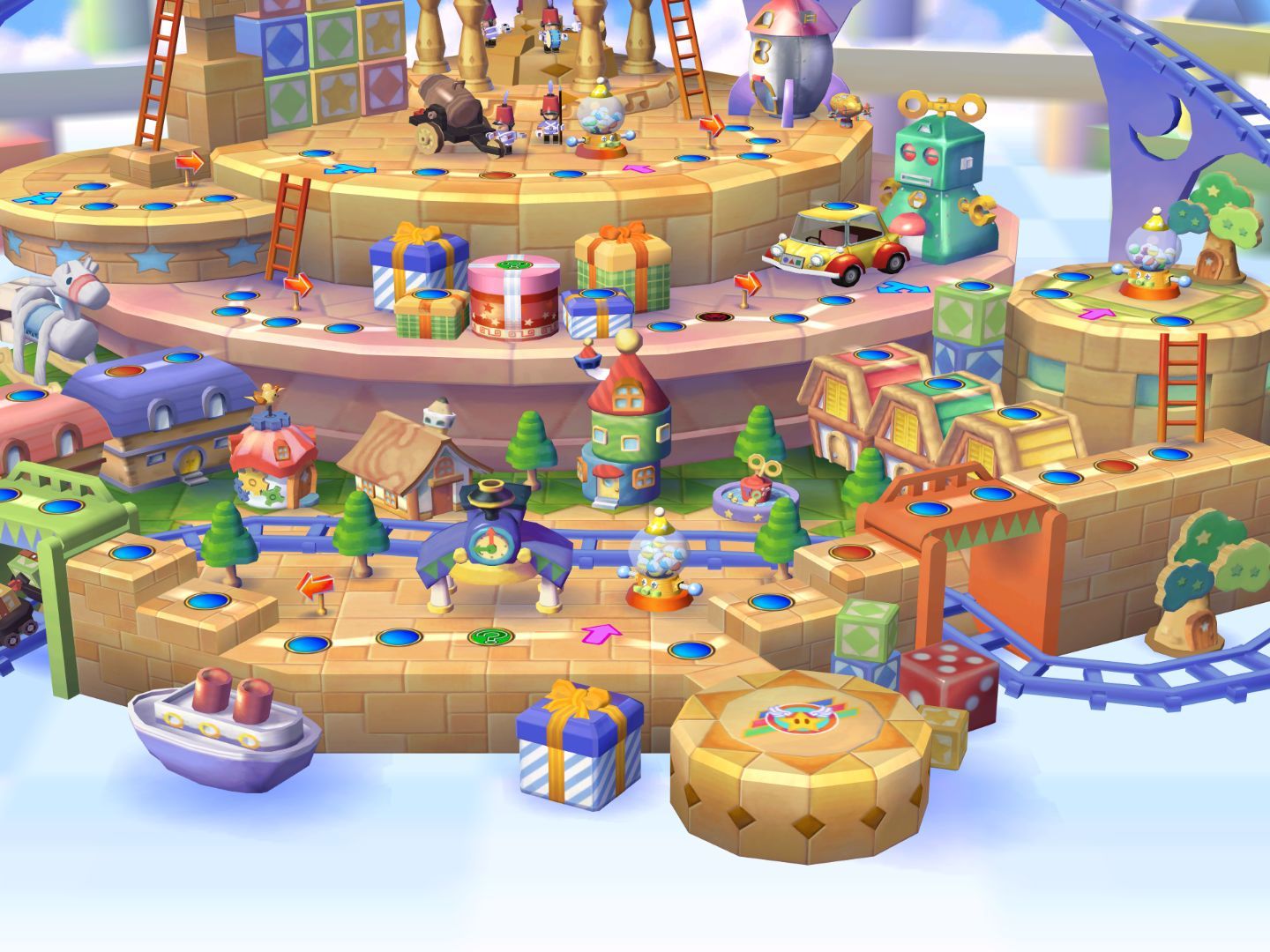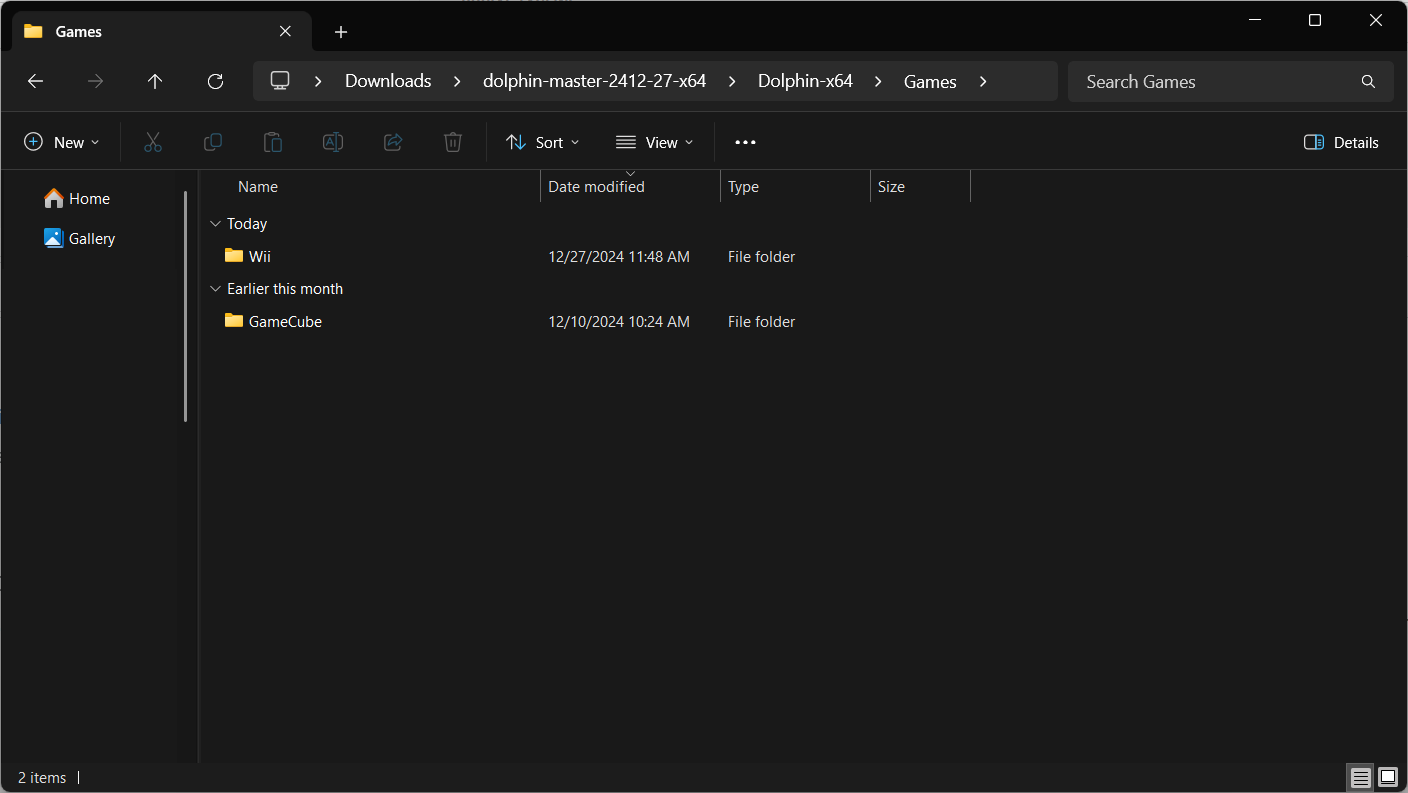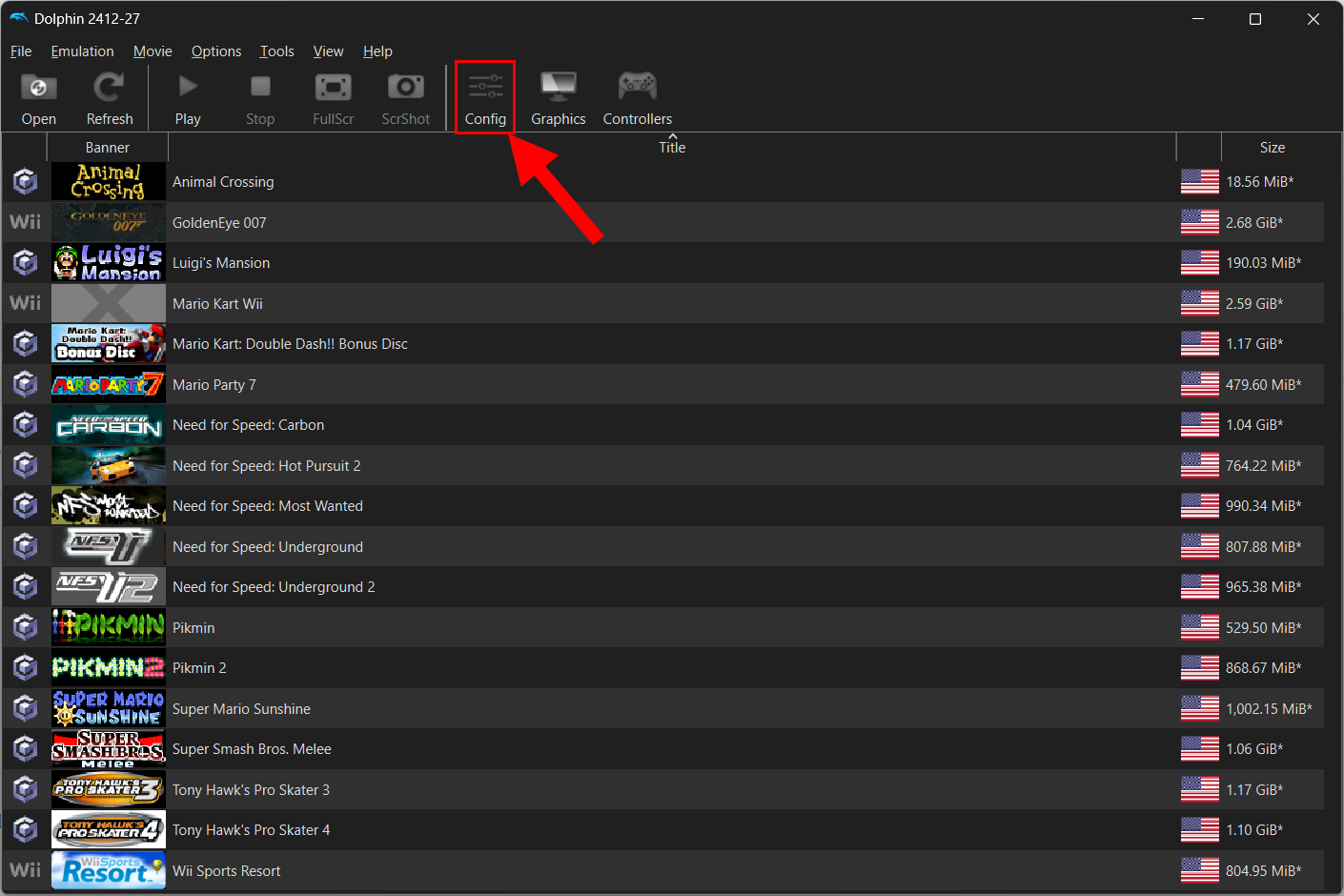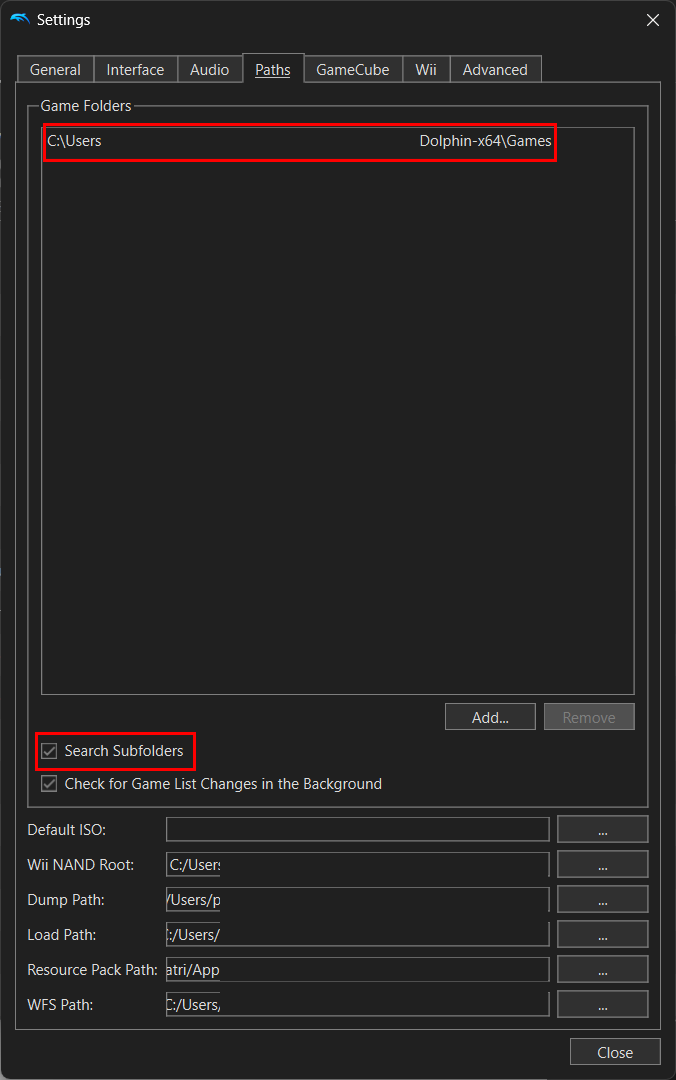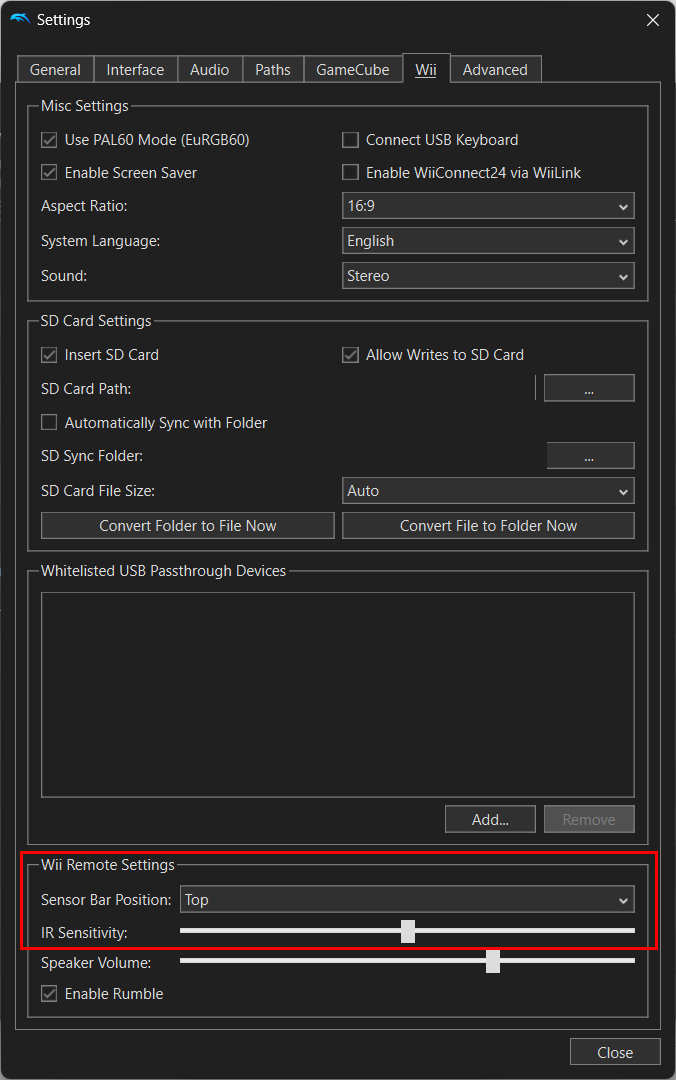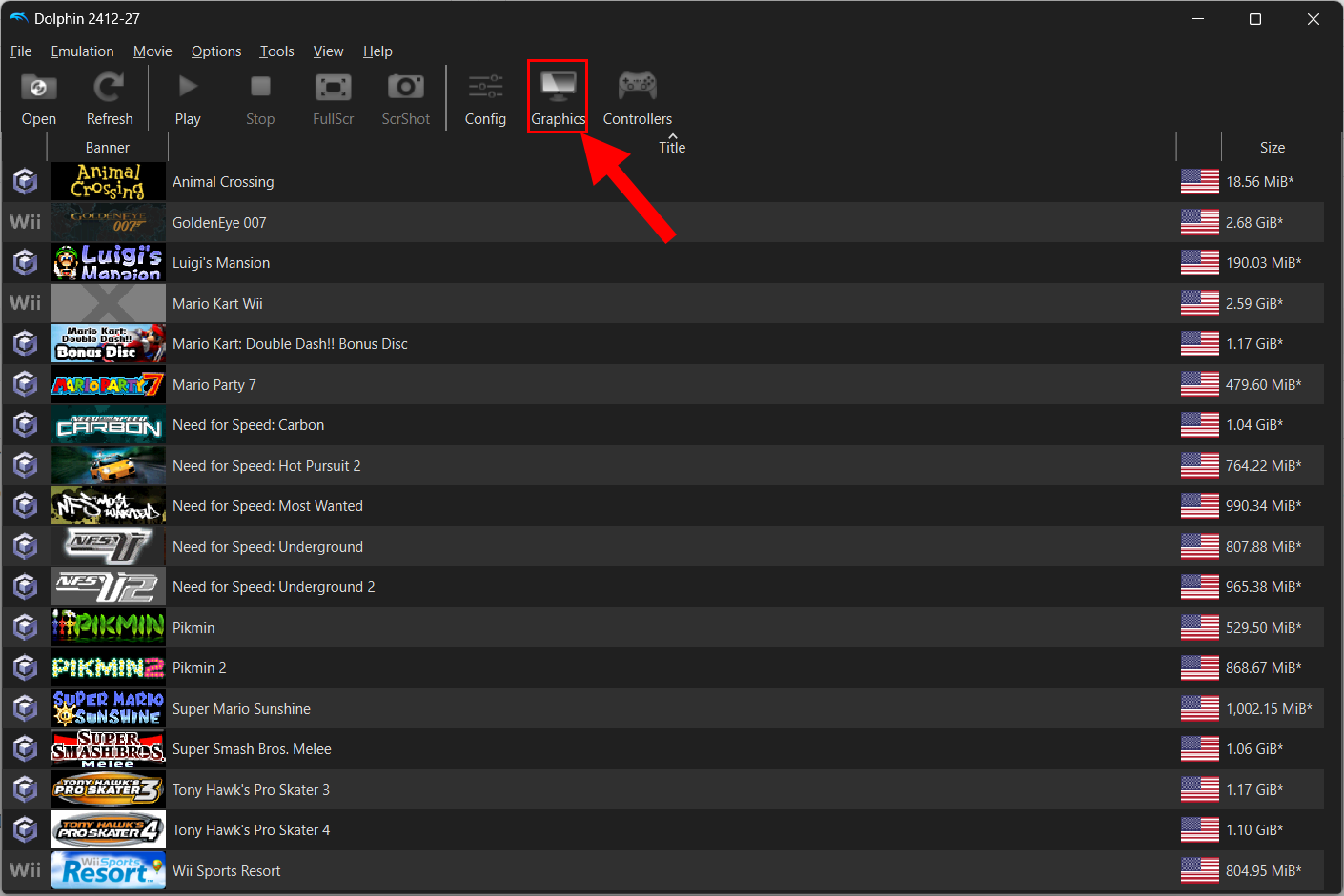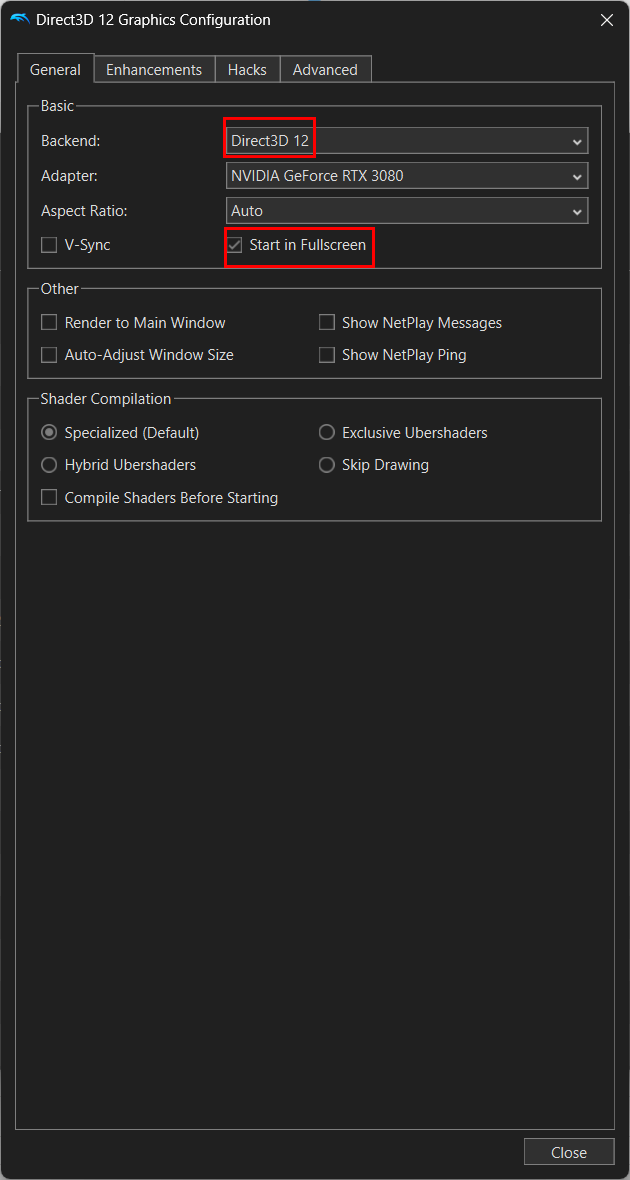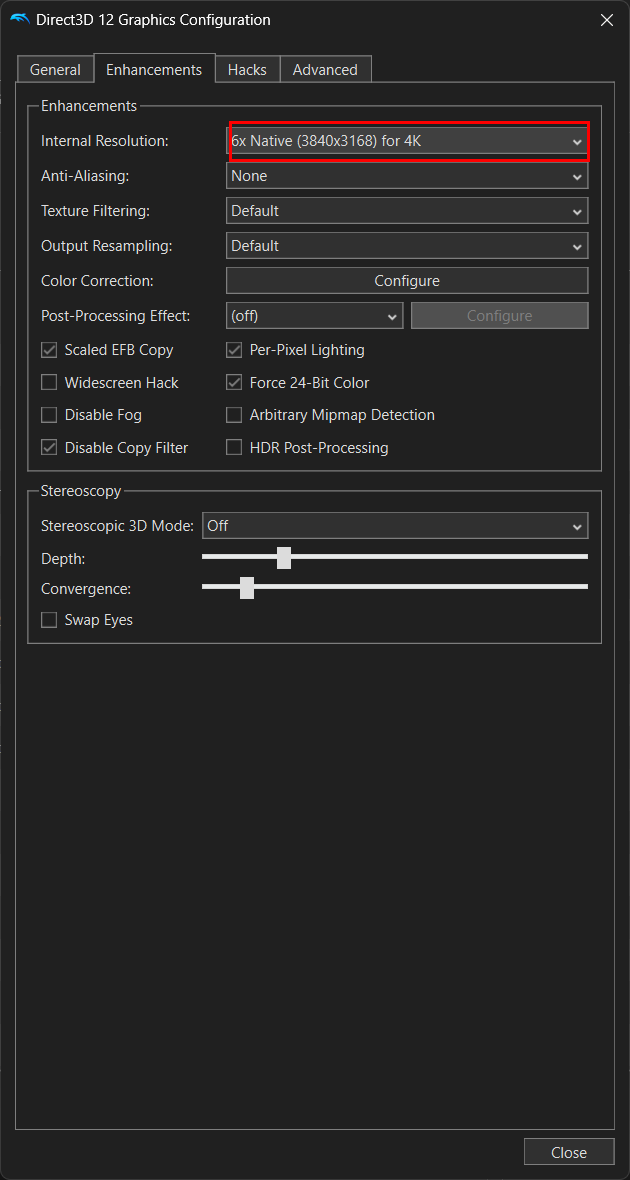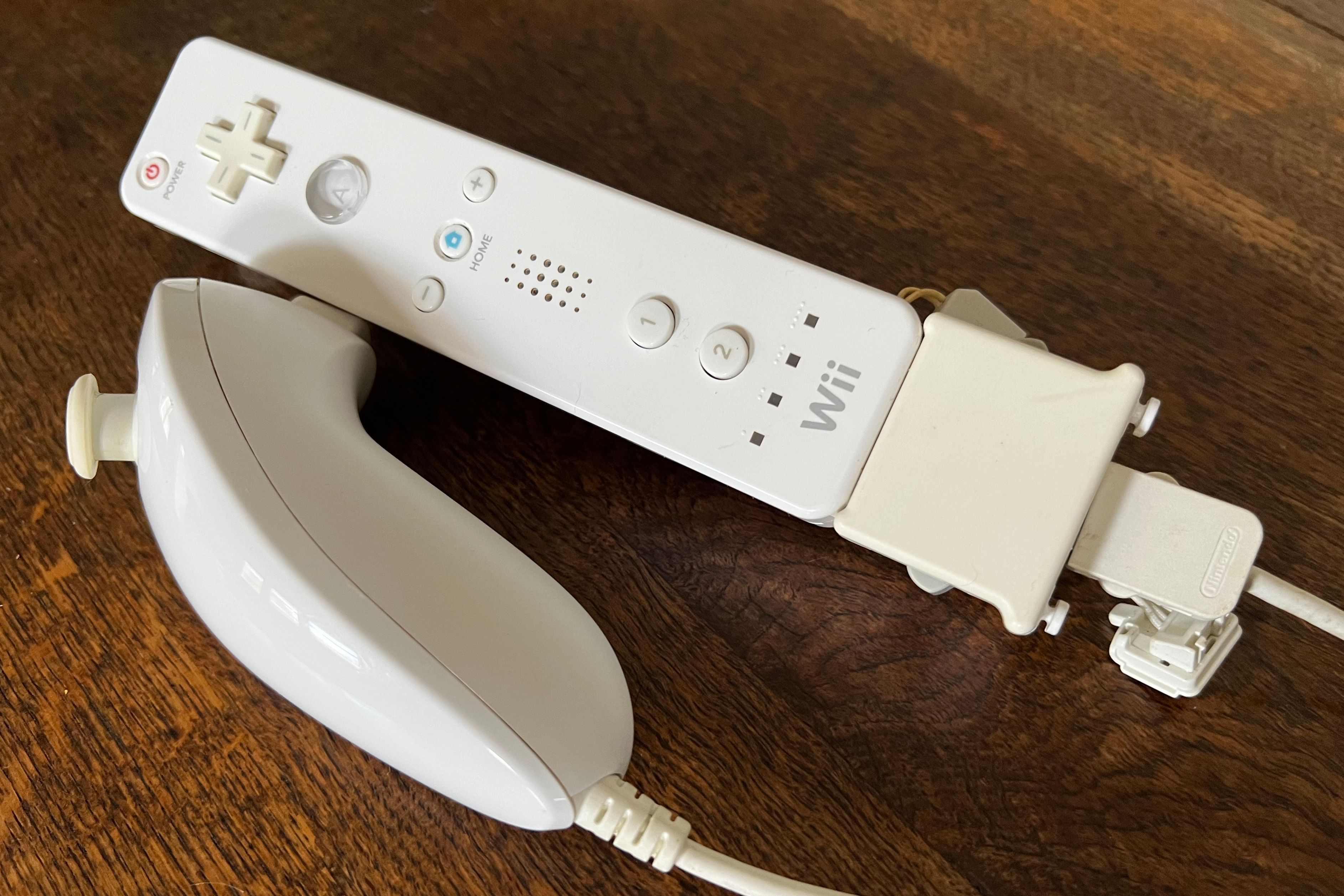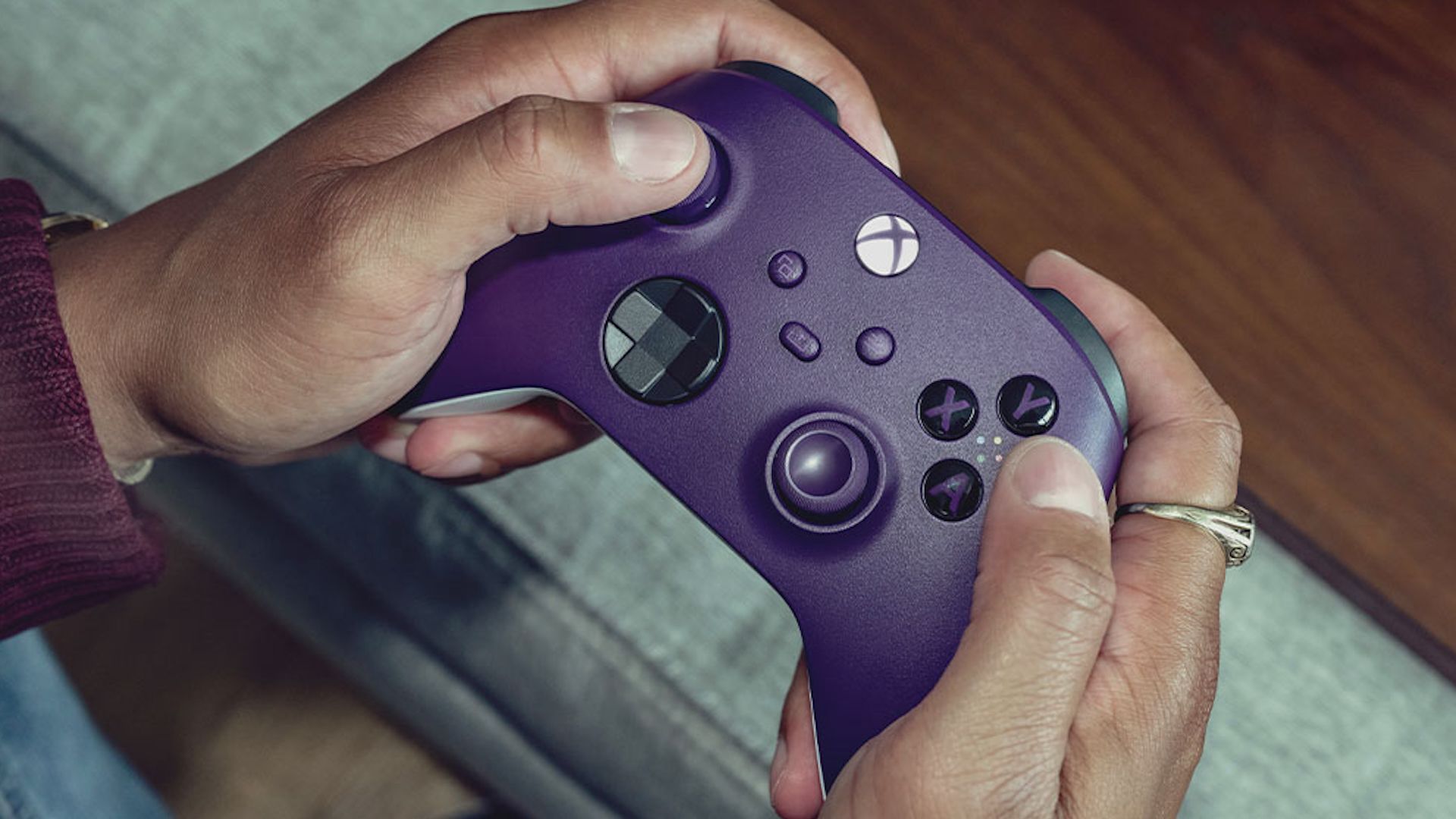Summary
- Be sure to only ever download Dolphin from the official website, we recommend picking the “Stable” branch for the smoothest experience.
- Taking a moment to configure Dolphin allows you to pick the directory in which the emulator should look for games, decide which graphics settings to use (including upscaling settings), and optimize performance.
- You can pair Wii controllers via Bluetooth, and set up an emulated GameCube and Wii Classic controller using a wired or Bluetooth peripheral (like an Xbox or PlayStation controller).
If you’re in the mood for retro gaming, be sure to try out Dolphin. It’s the best emulator out there for Wii and GameCube titles, but there are a few things to check when setting it up for the first time.
Where to Download Dolphin Emulator
Dolphin has been around for quite some time. It’s a FOSS emulator, or free open-source software emulator. You can download the latest version from the Dolphin website, or compile it yourself from the source code.
There are two branches to choose from when downloading: the stable branch and the development branch. The stable branch is, well, stable. This will be the most “tested” version of the latest code to help alleviate any bugs or crashes, though those could still happen. The development branch is much more bleeding edge and could break at any time due to a simple missing semicolon in a code push to GitHub.
If you like to live life on the edge and try the latest features now, then go with the development branch. If you prefer stability, then stick with stable.
Once downloaded, Dolphin is essentially a self-contained application on Windows. You don’t have to move anything or let installers run to use it. Simply unzip the download and launch Dolphin.exe. The emulator will open right up.
How To Set Up A Game Directory
You can set up a games directory anywhere on your hard drive. I chose to set my games directories up within the main Dolphin folder. I did this to keep everything neat and tidy so I wouldn’t have to try and go find where I put my games folder in the future.
What I did was make a folder called “Games” (sans quotes) at the root level of the folder. Then, under the Games folder, I made two sub-folders: Wii and GameCube. This isn’t necessary at all, and you could put all of your games in one folder. It just helps my brain to keep things separate so I know where to look if there’s something missing.
Once you have your folders made (either individually or as a single folder), click the “Config” button at the top of Dolphin.
Then, head on over to the “Paths” tab.
From here, click “Add” at the bottom of the screen and input the folders that you want Dolphin to look at for games. Also, be sure to tick the “Search Subfolders” button here. This allows even further organization if you want.
How To Rip Your Own Games
Downloading games that you don’t own is always illegal, and there’s no way around that. We have a more in-depth article on whether it’s ever okay to download retro video games, so I won’t belabor that point here.
There’s only one main tried-and-true method for ripping your own games: a Wii. Some older computers with certain types of disc drives can rip some games, and Wii U and GameCube consoles can sometimes do it too. But if you want a reliable way to rip, use a Wii with the Homebrew channel to install CleanRip.
This allows you to rip your games to an SD card and move them to your computer. Nintendo still doesn’t like this method, and legally it’s still a grey area. So, proceed at your own risk.
Dolphin has an in-depth guide on how to rip games. Simply install CleanRip through the HomeBrew channel, and it can rip any Wii or GameCube game to the Wii’s SD card. From there, you can transfer the game to your computer and put it in one of the game directories that you set up above.
The ripped game will be in one (or multiple) ISO files. Dolphin can package the file into RVZ format (or compile multiple ISO files to one ISO) to save space and keep things tidy. Simply right-click on a game in the games list and select “Convert File” to do this.
How To Configure Dolphin
Dolphin’s documentation goes in-depth on performance, but I want to take a few moments to point out a couple of settings that I think you should change for the best experience. These settings are located under either Config or Graphics, and I’ll break each one up into its own section so you know where to find the various options.
Settings to Change in Config
For starters, make sure that “Enable Dual Core” is selected on the General tab. This will help to improve your game’s performance on most newer computers.
Make sure that on the Wii page, you enable both “Insert SD Card” and “Allow Writes to SD Card.” These should be toggled on by default, but it never hurts to check. The Wii saves game data to an SD card sometimes, so having one virtually inserted means this function won’t be broken in games that require it.
Outside of this, there’s not much else to specifically change within the Config panel. Dolphin comes with the best options already selected for most systems, so you should be pretty good to go.
Sensor Bar Configuration
The sensor bar position is something else to check here. Whether you’re using an actual IR emitter or two candles, you should update the sensor bar position. Something I didn’t originally know is that the Wii sensor bar was simply an IR emitter, and it didn’t actually “sense” anything. The remote does all the actual sensing.
If you want to mimic the sensor bar and you don’t have one, you can simply set up two candles below your TV to emit IR light that the controllers can pick up. Or, there are USB-powered IR emitters that can replace the sensor bar.
Another option would be to simply plug in a Wii (if you have one), and plug the sensor bar in with the Wii powered on. This is what I did, and I made sure to change my sensor bar position to be below the TV as that’s where I had it sitting during my gameplay.
Graphics Settings to Change
The “Graphics” tab is where I made the most changes. Not because I had to, but simply because I wanted gameplay to look better and be smoother. I will note that my desktop has 48GB of RAM, an i9-13900K, and an RTX 3080 12GB GPU, so it’s relatively beefy.
However, I think that even on a lower-end system, you could trial turning up the graphics settings to what I use as most Wii and GameCube games were designed to run at an extremely low resolution compared to what modern computers function at.
To start with, I made sure my backend was set to “Direct3D 12.” There are several other options here, and each one has its pros and cons, so you might want to start with “Direct3D 11” if you’re unsure. But, most newer graphics cards should be able to do “Direct3D 12” or “OpenGL”.
I also made sure to tick the radio box for “Start in Fullscreen” because I want to enjoy these games full screen instead of windowed. That’s a personal preference, so do with that as you will. Also, I disabled V-Sync, but I never use V-Sync in any games I play.
Under the “Enhancements” tab, I personally chose to change the internal resolution to “6x Native” for 4K gaming since I game on a 4K monitor. However, if you’re unsure what to choose, the auto option worked well for me too. Whatever you do, don’t leave this on “Native.” Your eyes will thank me later. The rest of the enhancements tab I left as-is.
There are plenty of other options to play with here, but I personally didn’t find that I needed to tweak anything. The internal resolution is what made the largest difference for my gameplay. It helped the game to look semi-modern, while still being just as nostalgic as ever.
How to Use Official Wii and GameCube Controllers in Dolphin
Wii controllers are easy to use with Dolphin on your Windows PC, as long as you have Bluetooth. To pair your Wii controllers with your PC, simply go to the “Controllers” interface and click “Refresh” or toggle on “Continuous scanning.” I opted for continuous scanning, as that’s constantly looking for new controllers and makes pairing easier.
Now hit the sync button on the back of your Wii remote if it’s a -TR model, or click the 1+2 buttons if it’s an older version. This puts the Wii remote into pairing mode, and it should vibrate after a moment to indicate it has connected properly. You’ll also need to tell the software whether you’re using a real Wii remote or an emulated one for each player.
That’s it, the Wii remote is now paired and ready to use. Be sure to have your sensor bar or candles where the Wii remote can see the infrared light and it’s ready to point, too.
For GameCube controllers, it’s a bit more tricky. The Wii U GameCube controller adapter does work within Dolphin, but there’s a bit of hackery required to get it to be fully functional. The Dolphin wiki goes over how to configure that.
Personally, I’d recommend simply emulating a GameCube controller using any other modern controller (like an Xbox controller.) If using a real GameCube controller through the Wii U adapter, you can choose “GameCube Adapter for Wii U” under controller type in the GameCube section.
How To Configure an Emulated Controller for GameCube
The easiest way to play GameCube games through Dolphin, in my opinion, is to emulate a controller. I used an Xbox One controller for this, and it works both over Bluetooth or USB. Simply choose “Standard Controller” as the controller type under GameCube, and then click “Configure”.
This will bring up a new interface. You’ll need to find the connected controller here. Once you find your controller in the dropdown menu, configuration can begin.
Use your mouse to click on the button you want to map, then press the corresponding button on the controller. For me, I mapped ABXY to the standard ABXY buttons on my Xbox controller. I mapped Z to RB, and then the left and right triggers where you’d expect them.
I also programmed the Control Stick to the left joystick, and the C stick to the right joystick. The D-Pad was programmed as the D-Pad on the controller. Overall, an Xbox controller lays out very similarly to a GameCube controller, though if you want the “most realistic” experience, you might want to program the GameCube’s B to X, and X to B as that matches the original controller’s layout.
How To Configure an Emulated Controller for Wii
The thing with emulating a Wii controller is you lack the motion and pointing aspect of Nintendo’s unique controller. However, it can be done. Dolphin offers a very in-depth controller configuration setup, allowing you to simulate shake, point, tilt, and swing motions. And, if you have controllers that support gyroscopes and accelerometers, that can also be configured.
Emulating motion in Dolphin is probably not worth it for most people. On the flip side, there are quite a few Wii games that support classic controller input. These games essentially are made to use a GameCube controller, and that’s easy to emulate!
Personally, I tested classic controller support with Golden Eye 007. Using classic controller emulation was quite easy. In the controller popup, indicate that you’re using an emulated Wii remote to start with, then click “Configure.”
From there, on the right-hand side of the screen under Extension, choose “Classic Controller.” I went in and made sure my Xbox controller was selected and that the buttons were mapped properly. From there, it worked straight away in the game and I didn’t have to do any further configuration.
How to Play A Game in Dolphin
Now that all the configuration is out of the way, it’s the moment you’ve been waiting for: playing retro games!
This is the easy part. Click “Refresh” on the home screen of Dolphin, and you should see all the games that you put in the games directory you created earlier. Select a game from the game list, and either click “Play” at the top or just double-click the title. The game will launch with the settings you selected.
If everything is configured correctly, saving games should work just like they used to, controllers should work correctly, and you should be off to the races. So far, my wife and I have enjoyed bowling in Wii Sports and 3D platforming in GameCube title Super Mario Sunshine.
I’ve got many other games loaded up on the emulator to play in the future, and now that it’s all set up it’s ready to play whenever we want. Did you know you can also emulate Wii and other consoles on your Xbox or a handheld like Valve’s Steam Deck?


